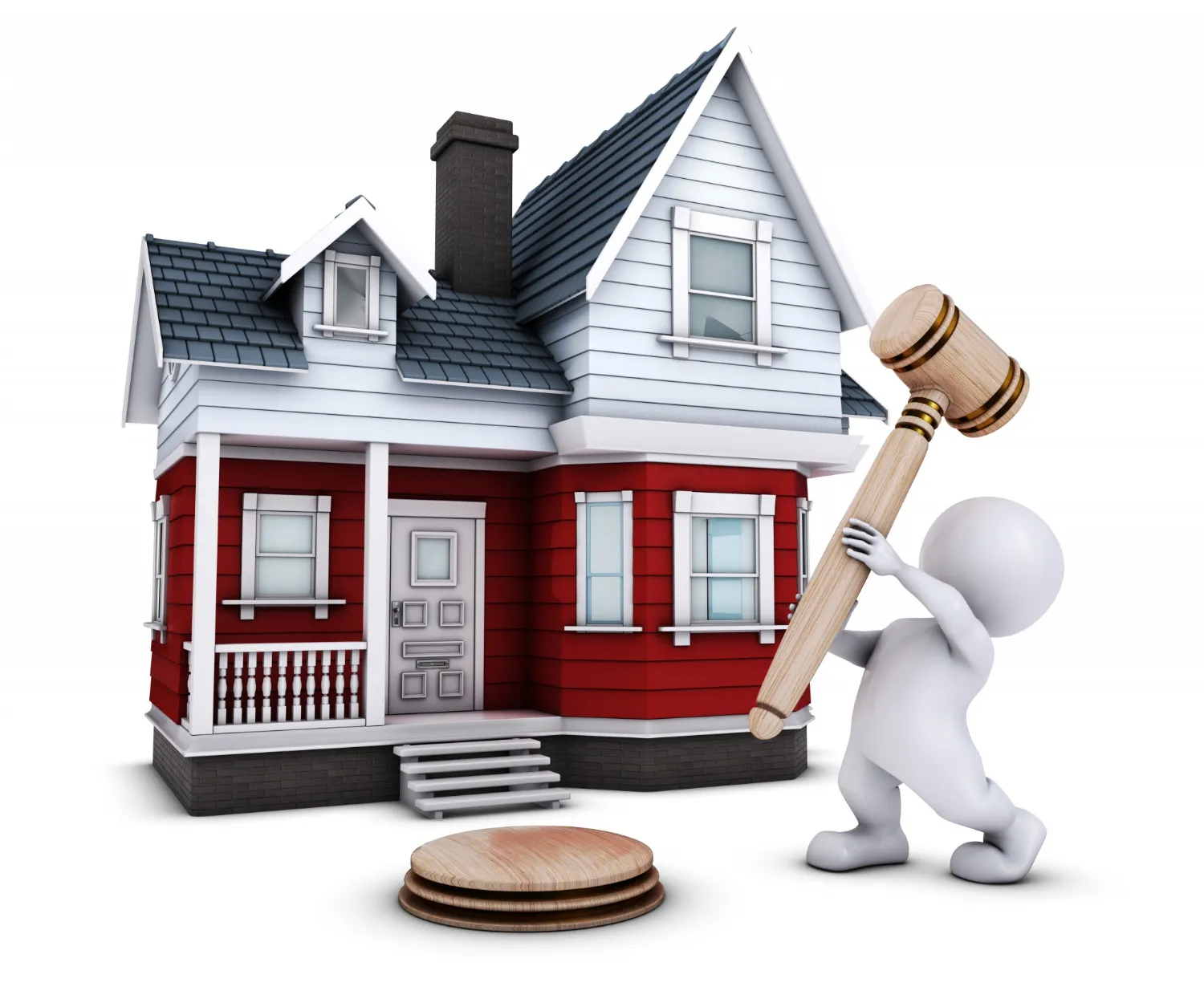Flipping property in Dubai is gaining more popularity again as prices and demand keep shifting. At the same time, long term and short term property investments in Dubai attract buyers who want steady income and value growth.
Both options sound great but each one comes with the contingent risks.
This blog breaks down which one you should go for: Flipping or Holding property in Dubai.
Let’s get started.
What does “Flipping” and “Holding” Mean in Dubai?
- Flipping means when you buy (often off-plan or pre-launch), make minimal alterations in it or wait for price to rise (sometimes through developer incentives) and resell it in the short term (often before or just after handover)
- Holding means acquiring a property, renting it out (short or long term), and earning from rental yield + capital development over the years.
Each strategy contains different elements:
Flipping prioritizes heavily on time, developer terms, and spec demand.
Whereas, holding focuses on sustained rental demand, operational costs and long-term macro trends.
Flipping Property in Dubai: Pros, Costs & Risks
Advantages of Flipping
- With Flipping, you have the opportunity to secure fast gains, mostly in case of high-demand off-plan projects or during developer-promoted under-development phases.
- Lower time to capital recovery; cash invested is stuck for a short period of time.
- You can get benefitted from developer payment plans perks including low down payments, staggered payments. It reduces the capital at risk early.
Costs & Hidden Risks
- Transaction costs: DLD (Dubai Land Department) transfer fees is ~4%, agent commissions, NOC fees, legal fees. Many flip-plan investors prepare for this.
- Construction delays & developer risk: Off-plan projects don’t offer timely completion, which puts flipping-based returns on the stake.
- Supply glut and price correction risk: As experienced earlier, a lot of units will enter the market for sale, but price correction could reduce their resale value significantly.
- Market timing requirement: Flippers need to correctly anticipate when buyer demand and pricing will peak; miscalculation can impact profit margins.
Holding: Long-Term Property Investment Dubai – Pros & Hidden Drawbacks
Advantages of Holding
- Investing in Dubai property for rental incomes can provide yield in many communities of 6-9% on an average, especially in apartments, premium new developments build markets a little lower.
- Prime zones and well-connected communities are most likely to witness more interest, considering the appreciable growth in Dubai’s infrastructure, visa reforms and international investor demand.
- If you’re holding for 5-10 years, price dips may be smoothed out; you are less reliant on perfect timing.
- Dubai’s zero income tax and negligible capital gains tax on real property (for many foreign investors) has already improved net returns. Also, AED’s USD peg provides some currency stability.
Drawbacks
- Ongoing costs like maintenance, vacancies, service charges, can take all rental yield. Villas often cost more than normal apartments.
- Selling a property takes time; during down cycles, finding buyers may be harder or require discounting.
- Capital locked in holding might miss chances in other higher return flips or alternative investments that may be available in the holding time.
- If many new units enter a community, rental rates might stagnate or drop, reducing expected returns.
Which Strategy Works Best Now?
Looking at current data and trends, here are some real estate expert-led recommendations helping you to make informed decisions on choosing between flipping vs holding property in Dubai.
Best Scenarios for Flipping
- If you can acquire early-stage off-plan in a project with help of a trusted developer, with strong pre-sale demand, flexible payment plan, and located in an area with imminent infrastructure (metro, roads, amenities).
- When market sentiment is buoyant, interest rates are stable, and few new competing units are expected.
- If you have capital and time to monitor the project and can manage transaction & legal costs.
Best Scenarios for Holding
- If you aim for stable cash flow (rent), especially in apartment communities with high demand from expatriates.
- For villas or townhouses in family-oriented zones, it is often slower to flip profitably, but better for long-term appreciation and rental premium.
- If you prefer lower risk exposure and less reliance on market timing.
What Experts Often Overlook
- Rent payments often come in multiple cheques. This affects cash flow timing.
- The reputation of the developer or property manager has a direct impact on ROI. Poor quality adds repair costs and hurts resale.
- Small changes in community planning like a new school or metro stop can change value faster than wider market averages.
- Inflation, US interest rates, and currency moves impact construction costs and demand.
- NOCs and short term rental rules can change quickly and hurt both flips and holds.
Conclusion
Both flipping property in Dubai and holding long-term can work, but not at the same time or for the same person. You need to weigh your capital, risk appetite, and timeline against how Dubai’s property cycles are behaving now.
What sold fast last year might sit today. What looked slow could pay off big in three years. Use real data, not gut instinct.
And don’t pick a strategy because it worked for someone else. Pick what fits your goals.
Need a second set of eyes on your plan? Prime Bullions Properties can help.

